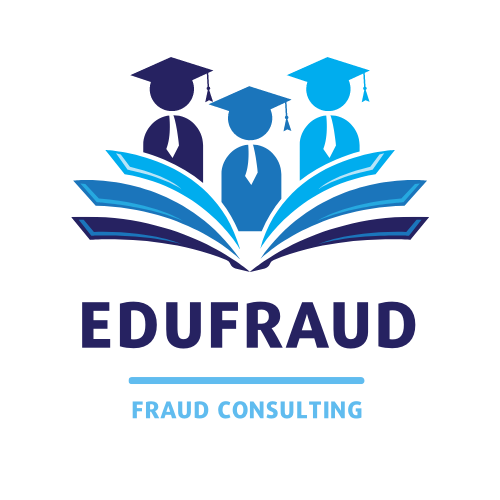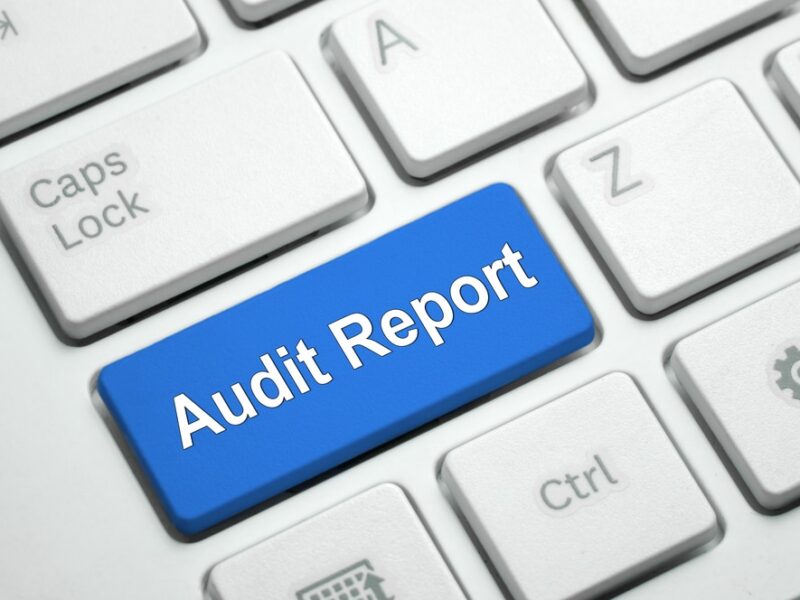This article is Part 6 of 6 in the Fraud Investigation Series, focusing on presenting the fraud report to district stakeholders and conducting a fraud post-mortem.
Presenting the Fraud Report
The fraud report is the culmination of a thorough investigation, encapsulating findings from evidence collection and analysis. This written document is typically submitted to stakeholders, who may request a briefing or a formal presentation at a school board meeting, held in either open or closed session. When presenting, tailor your delivery to the audience, avoiding technical jargon or acronyms. Focus solely on the report’s facts, refraining from offering personal opinions. Ensure all claims are substantiated by evidence, and if a question arises that you cannot answer, politely commit to researching it and responding promptly.
Your presentation should be persuasive yet impartial, delivered with professionalism in both tone and appearance. Fraud allegations carry serious implications, potentially leading to personnel actions, such as termination, or legal consequences, including arrests or prosecution. Stakeholders, such as school board members and administrators, rely on the report to make informed decisions, so clarity and credibility are essential. Maintain a serious demeanor to reflect the gravity of the findings, ensuring the report’s integrity guides the district’s response.
Conducting a Fraud Post-Mortem
No school district is immune to fraud, but detecting and stopping it is only the first step. A fraud post-mortem is critical for learning from the incident and strengthening future safeguards. This process involves key district personnel convening to address two essential questions: How did the fraud occur, and what measures can prevent it from happening again? This reflective exercise demands candid evaluation, as districts often move on quickly after resolving a fraud case due to competing priorities. However, neglecting this step risks repeating vulnerabilities.
The post-mortem should foster open discussion among administrators, financial officers, and relevant staff to pinpoint weaknesses in processes, oversight, or controls that enabled the fraud. Implementing improvements, such as enhanced internal audits or staff training, can reduce future risks. While a post-mortem cannot eliminate the possibility of fraud, it significantly lowers the likelihood by promoting a proactive approach to protecting district resources.
Summary

In conclusion, presenting a fraud report and conducting a post-mortem are critical steps in addressing fraud within a school district. The fraud report, a concise summary of investigative findings, must be presented clearly and professionally to stakeholders, avoiding jargon and ensuring all claims are evidence-based to guide informed decisions that may lead to personnel or legal actions. Following this, a fraud post-mortem allows district personnel to reflect on how the fraud occurred and identify preventive measures, such as improved audits or training, to strengthen safeguards. By combining a factual, professional presentation with a proactive post-mortem, school districts can address fraud effectively, protect resources, and reduce future risks.
For further guidance on fraud detection, prevention, or investigation, contact Anthony at anthony@edufraud.com.


